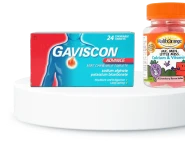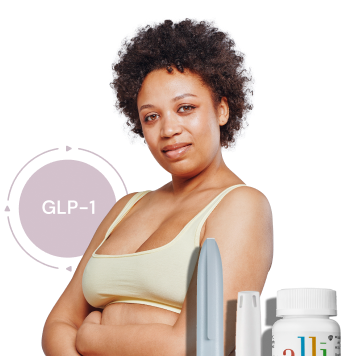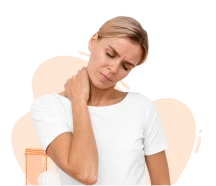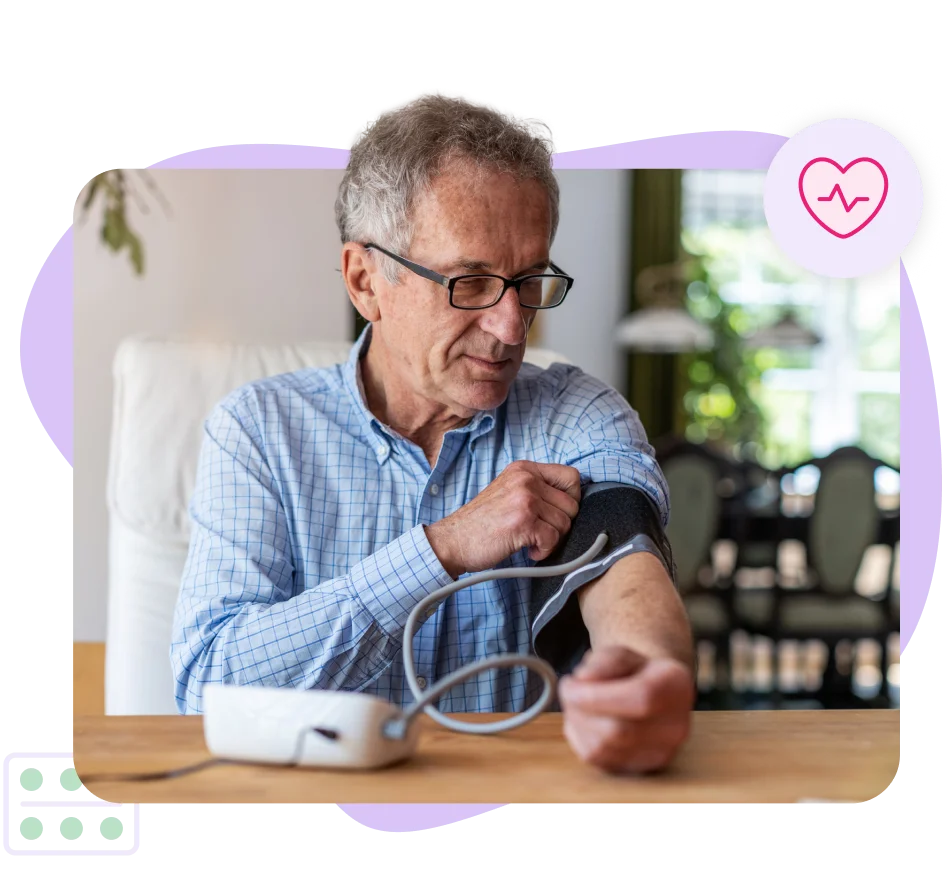Overview
What is heart disease?
Heart disease, also known as cardiovascular disease (CVD), is a general term that refers to a range of conditions that affect the heart and narrow (atherosclerosis) or block (thrombosis) blood vessels. Some common conditions of CVD include:
- Coronary Heart Disease (CHD), also known as coronary artery disease, occurs when the blood vessels (coronary arteries) that supply oxygen-rich blood to the heart muscle become narrowed or blocked due to the build-up of plaque.
- Stroke occurs when the blood supply to a part of the brain is interrupted or reduced, leading to brain cell damage or death. This can happen due to a blockage in an artery (ischemic stroke) or bleeding from a blood vessel in the brain (haemorrhagic stroke).
- Peripheral Arterial Disease (PAD) is when a buildup of plaque in the arteries (atherosclerosis) creates a narrowing or blockage of the supply blood to the limbs, typically the legs.
- Aortic Disease refers to conditions that affect the aorta, the large blood vessel that carries oxygenated blood from the heart to the rest of the body. This can include aortic aneurysms, which are abnormal bulges or weakening of the aortic wall, and aortic dissections, which occur when the layers of the aortic wall separate or tear.
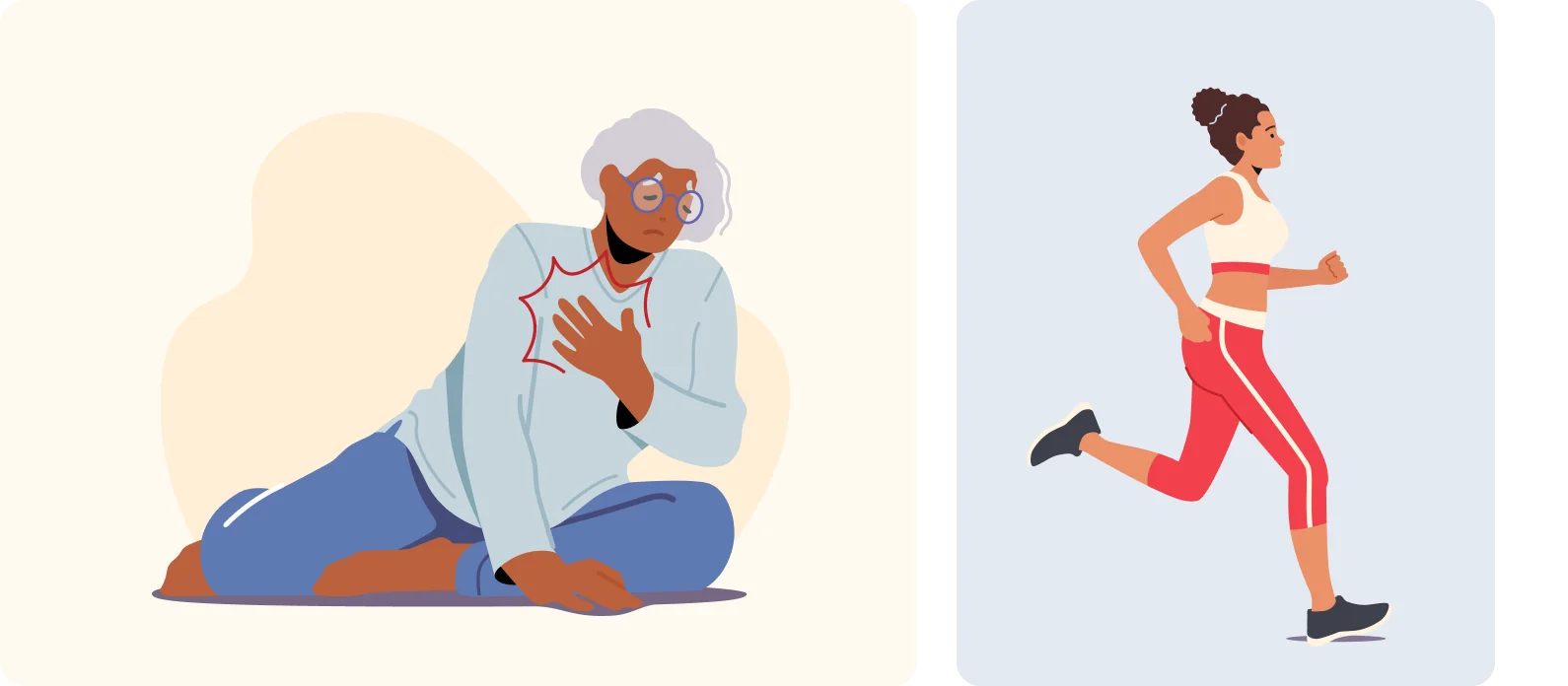
Causes
The causes of heart disease involve a combination of factors:
- Atherosclerosis (the buildup of fatty deposits, cholesterol, and other substances within the arteries)
- High blood pressure (Hypertension)
- High levels of low-density lipoprotein (LDL) cholesterol, often referred to as “bad” cholesterol, and triglycerides (another type of blood fat)
- Unhealthy lifestyle choices such as smoking, excessive alcohol consumption, poor diet (high in saturated and trans fats, cholesterol, and sodium), and a sedentary lifestyle
- Diabetes (high blood sugar levels)
- Being overweight or obese
- Family history of heart disease
- Advancing age
Symptoms
Heart disease symptoms can vary widely depending on the individual and the condition you have. There are also some important differences between men and women, but both genders can experience and should look out for any of these common symptoms:
- Chest pain (angina)—experienced by men as classic chest pain or discomfort, and describe as a heavy, squeezing sensation in their chest. Whereas women are more likely to describe it as a pressure or fullness. Women are also more likely to have atypical symptoms such as sharp or burning chest pain, as well as pain that radiates to the neck, jaw, shoulder, back, or arm.
- Shortness of breath—women are more likely to experience shortness of breath without chest discomfort and may feel breathless during everyday activities or even at rest.
- Unexplained extreme fatigue, weakness, exhaustion—women are more likely to report fatigue as their primary symptom.
- Nausea, indigestion, abdominal discomfort, or a feeling of fullness is more likely in women and can occur without chest pain. This is why people sometimes mistake these symptoms for digestive issues.
- Very fast or slow heartbeat, palpitations (sensations of irregular or rapid heartbeats).
- Dizziness, lightheadedness, or feeling faint—more likely in women.
- Pain, weakness, or numb legs and/or arms that comes and goes and gets worse during exercise that uses your legs, such as walking or climbing stairs.
Treatment
Treating heart disease and cardiac rehabilitation often involves a combination of lifestyle changes, medications, and, in some cases, medical procedures. Here’s a general overview:
Lifestyle changes
- Eat a heart-healthy diet low in sugars, processed foods and saturated fats, such as the Mediterranean Diet
- Get regular exercise
- Quit smoking
- Manage your stress
- Maintain a healthy weight
Medications
- These help lower LDL cholesterol—statins, fibrates, niacin, or PCSK9 inhibitors.
- To help lower blood pressure—ACE inhibitors, angiotensin II receptor blockers (ARBs), beta-blockers, calcium channel blockers, or diuretics.
- To help prevent blood clots—anti-platelet medications that may include aspirin, clopidogrel, or ticagrelor.
- To help regulate the heart’s rhythm—beta-blockers, calcium channel blockers, or antiarrhythmic drugs.
- To help improve heart function—ACE inhibitors, ARBs, beta-blockers, aldosterone antagonists, or diuretics.
Medical procedures
- Angioplasty and stenting open blocked or narrowed arteries and restore blood flow to the heart.
- Coronary artery bypass grafting (CABG) surgeries bypass blocked coronary arteries by grafting a blood vessel from another part of the body.
- Devices such as pacemakers, implantable cardioverter-defibrillators (ICDs), or cardiac resynchronization therapy (CRT) devices may help regulate the heart’s rhythm or improve its function.
- Heart valve repair or replacement surgery may be necessary to repair or replace damaged heart valves.
FAQs
How do I know if I have heart disease?
Your doctor will look at your lifestyle, your symptoms, and run diagnostic tests which may include an electrocardiogram (ECG or EKG), stress test, echocardiogram, coronary angiography, cardiac CT scan, or cardiac MRI.
What is the difference between a heart attack and cardiac arrest?
You may have heard these terms used interchangeably but a heart attack and cardiac arrest are two different things. A heart attack is when blood flow to part of the heart is blocked, usually by a blood clot. Cardiac arrest is when the heart suddenly stops beating, usually due to an electrical problem in the heart’s rhythm.
What is hypertension?
Hypertension is another word for high blood pressure. It is a condition in which the force of blood against the walls of the arteries is consistently too high and leads to damage over time. It is a major risk factor for heart disease and stroke.





